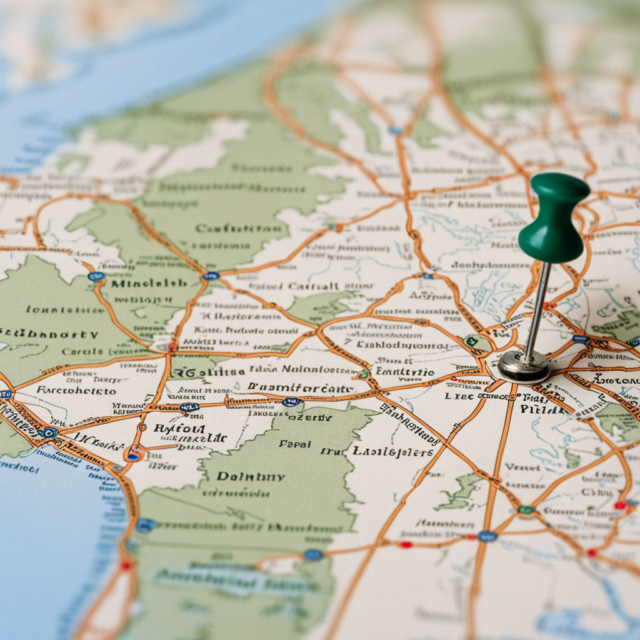Finding the right location for plinking is crucial for safety, legality, and enjoyment. Here’s a guide to help you choose the best spots for your plinking activities:
Finding a Suitable Location
Backyard (If Safe and Legal)
Space and Safety: Ensure you have enough space to safely shoot without risking injury to people, animals, or property. Your backyard should be large enough to accommodate a safe shooting distance and backstop.
Noise Considerations: Be mindful of noise, especially in residential areas. Check local noise ordinances and consider using quieter airguns or suppressors if necessary.
Backstop: Construct a reliable backstop using materials like sandbags, dirt berms, or plywood to catch stray bullets or pellets.
Shooting Ranges
Public Ranges: Many public shooting ranges offer facilities for plinking. These ranges often provide safety measures, target setups, and a controlled environment.
Private Ranges: Some private ranges allow members to engage in plinking activities. These can offer more flexibility and amenities compared to public ranges.
Range Rules: Always follow the specific rules and regulations of the shooting range. This includes safety protocols, target types allowed, and designated shooting areas.
Outdoor Plinking Spots
Public Land: In some regions, plinking is permitted on public lands such as national forests or Bureau of Land Management (BLM) areas. Check with local authorities for specific regulations.
Private Land: If you have access to private land, it can be an excellent spot for plinking. Ensure you have the landowner’s permission and follow any specific guidelines they provide.
Environment Considerations: Choose a location that minimizes the risk of stray shots causing harm. Avoid areas with high foot traffic or nearby residences.
Legal Considerations
Before starting your plinking session, it’s essential to understand and comply with local laws and regulations.
Local Laws and Regulations
Check Regulations: Research local, state, and federal laws regarding the use of firearms and airguns. Regulations can vary significantly by location.
Shooting Distances: Some areas have specific regulations regarding the minimum distance you must be from buildings, roads, or other structures when shooting.
Permits and Permissions: Obtain any necessary permits or permissions required for shooting on public or private land.
Safety Zones and No-Shoot Areas
Safety Zones: Be aware of designated safety zones where shooting is prohibited. These areas are often marked to protect public safety.
No-Shoot Areas: Avoid shooting near populated areas, schools, parks, or other places where people might be present.
Setting Up Your Shooting Area
Creating a safe and effective shooting area involves proper setup and preparation.
Backstop
Construction: Build a reliable backstop using materials like sandbags, dirt, or plywood to safely catch bullets or pellets.
Placement: Position the backstop directly behind your targets to prevent any projectiles from traveling beyond the shooting area.
Target Setup
Secure Targets: Ensure all targets are securely placed to prevent them from falling or moving. Use target stands, frames, or stakes as needed.
Safe Distance: Maintain a safe shooting distance appropriate for your firearm or airgun. Typically, 10-25 yards for airguns and 25-50 yards for .22 caliber firearms.
Target Variety: Use a mix of target types (paper, reactive, DIY) to keep your shooting sessions engaging and challenging.
Safety Measures
Safety should always be your top priority when choosing a plinking location.
Clear Communication
Communicate Plans: Inform others of your shooting plans and location. If you’re shooting with others, establish clear communication signals for starting and stopping shooting.
Check the Area: Before shooting, ensure the area is clear of people, pets, and obstacles. Continually monitor the area for any changes.
Emergency Preparedness
First Aid Kit: Always have a first aid kit readily available in case of accidents or injuries.
Emergency Contacts: Know the location of the nearest medical facility and have emergency contact numbers handy.
By selecting a suitable location and following legal and safety guidelines, you can ensure a safe and enjoyable plinking experience. Whether you choose your backyard, a shooting range, or a spot on public land, proper preparation and adherence to regulations are key to a successful plinking session.







